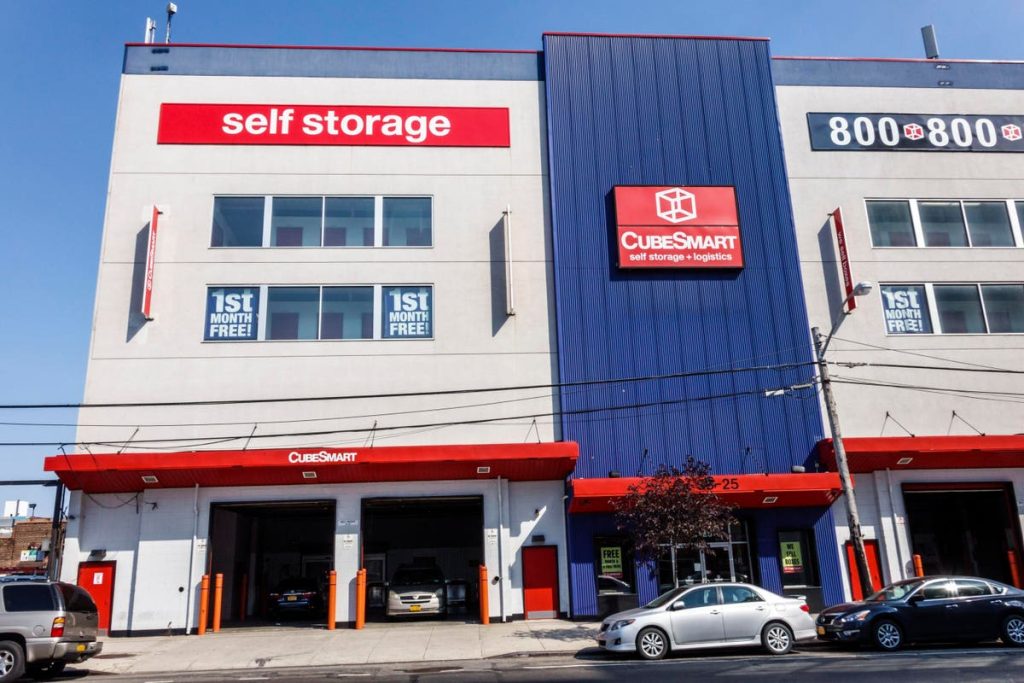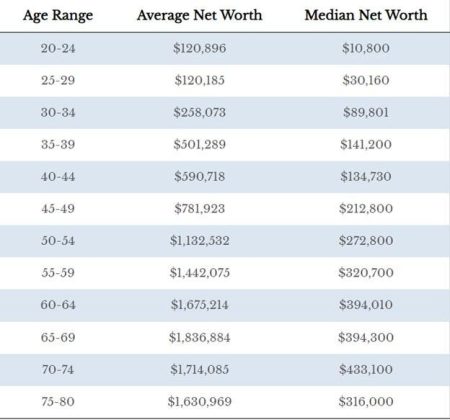Only one asset class has an average occupancy of 92% and outperformed other asset classes in 2021, self-storage. Self-storage can be a viable option for those looking for alternative investment opportunities. Self-storage can provide passive income, inflation protection (rates can change daily), and less tenant stress.
Self-storage used to be associated with something that only hoarders might need to use. Today, however, 40% of Americans rent a self-storage unit. In part due to typical life events, including the 4 D’s Death, Divorce, Downsizing, and Dislocation. The last 3 of these tend to increase during challenging economic times, such as a recession. Historically, homeowners with smaller homes used self-storage more, but the percentage of owners of larger homes is on the rise.
What does self-storage look like in real life? According to the 2023 Self-storage Almanac, typically, people rent a 10×10 storage unit. The rent for these units increased by 13% in 2022. In 2001-2023 the average return on self-storage was 20.87%, and in 2006-2021 it was 18.76%. With numbers like this, you can see why new self-storage (and rehabs of legacy properties) are gaining the attention of investors.
Many will select self-storage as an investment because it can be an inflation hedge. Most units are on a month-to-month rent, which can increase each month to keep up with inflation. As an owner of a self-storage center, you have different expenses than someone who owns multi-family, mobile home parks, retail, or office spaces. Furthermore, you do not need to buy and build your own! Some companies create self-storage turnaround investments that are for accredited investors. These funds tend to buy self-storage units from “mom and pop” operators and add economies of scale, invest in the properties, and increase the return on investment (ROI) for investors.
How are intelligent companies providing self-storage investments for their clients? Many look for underutilized commercial properties, like a closed K-mart. Those locations tend to be centrally located near a population center but are too small to become a Walmart
WMT
TGT
Why should you consider investing in self-storage? Besides the inflation hedge, low maintenance, and economic durability, many self-storage locations are owned by a “mom and pop” operator, and they typically do not have the incentive or cash to roll out new technology, branding, or expansion that most self-storage investment funds bring to the table. In addition, the work to build a new self-storage unit and deal with permits and local municipality cares off most investors.
Economic ups and downs are expected in 2023 and into 2024. Self-storage could be an option as an alternative to stocks and bonds, especially if you are looking for a recession-resilient opportunity with inflation protection and income.
Securities offered through Arkadios Capital. Member FINRA/SIPC. Advisory services offered through Creative Capital Wealth Management Group. Creative Capital Wealth Management Group and Arkadios are not affiliated through any ownership.
Read the full article here















